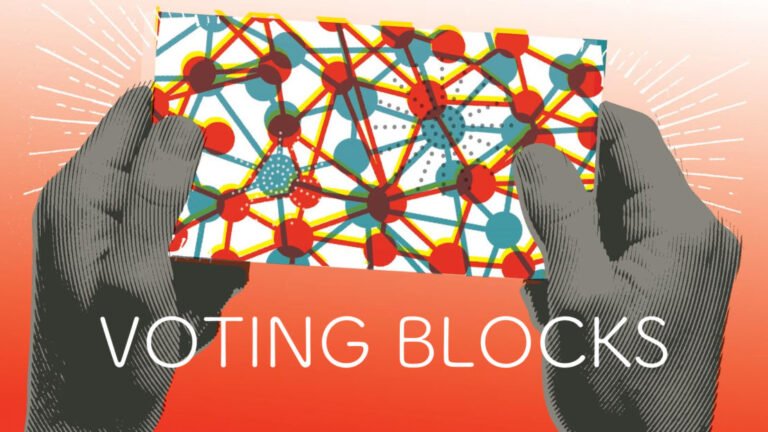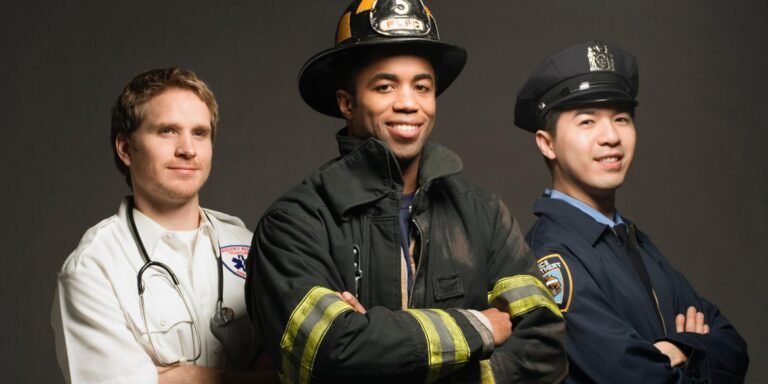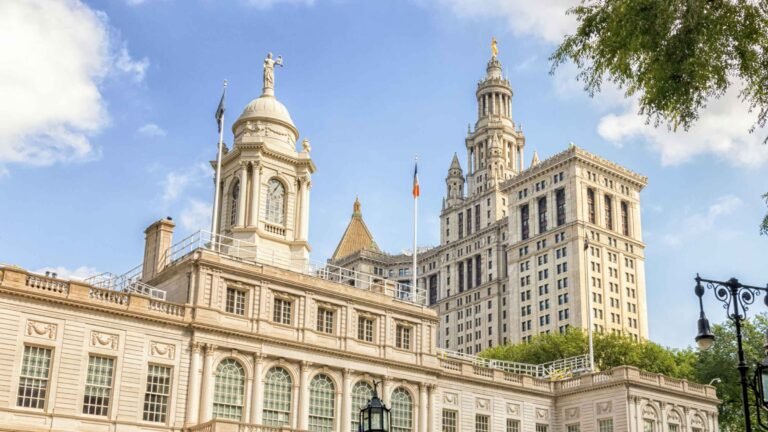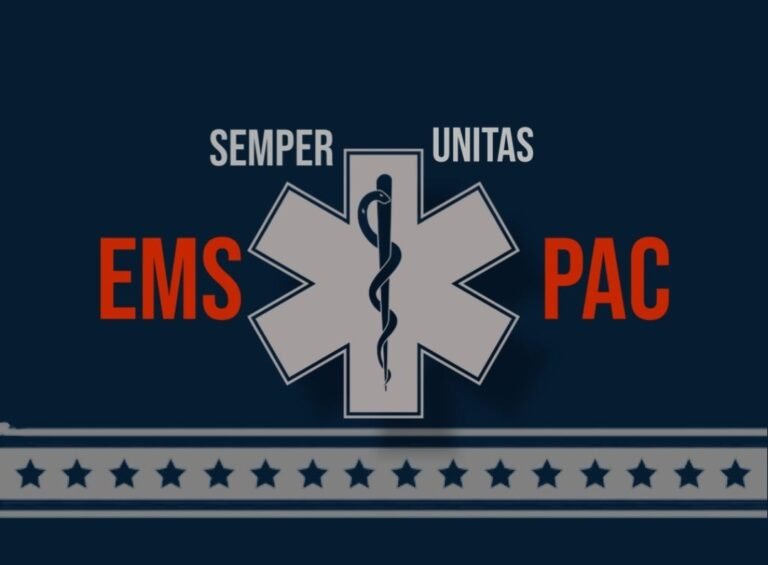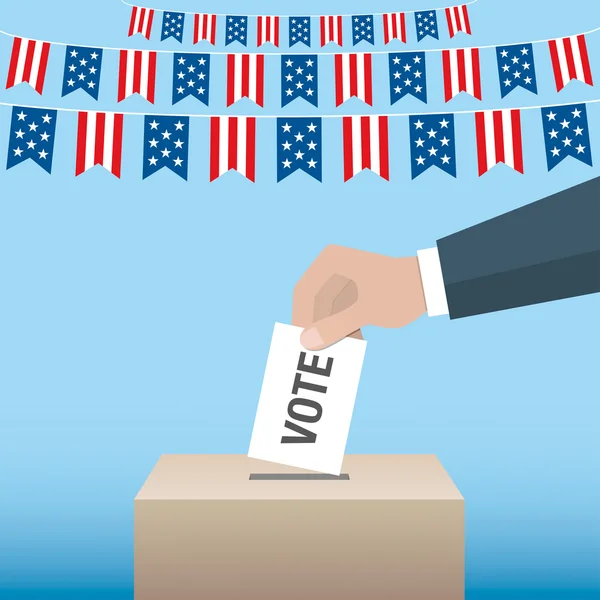
KEY CONCEPTS
Please allow us to introduce you to the latest chapter of EMSPAC.
Our new 501c4
Emergency medical services (EMS) are essential for the health and safety of our communities. They provide life-saving care to people who are injured or ill, and they play a vital role in our disaster response system. However, EMS is often underfunded and under-resourced. This can lead to long response times, inadequate training for EMS providers, and a lack of access to EMS services in some areas.
Lobbying for EMS is important because it can help to ensure that these services are adequately funded and that they are available to everyone who needs them. By working with policymakers, lobbyists can help to raise awareness of EMS issues and to advocate for policies that would improve EMS.
Here are some of the benefits of lobbying for EMS:
Increased funding for EMS. Lobbying can help to increase funding for EMS, which can lead to improved training for EMS providers, shorter response times, and better access to EMS services.
Improved EMS regulations. Lobbying can help to improve EMS regulations, which can ensure that EMS providers are properly trained and that EMS services are delivered in a safe and effective manner.
Increased public awareness of EMS. Lobbying can help to increase public awareness of EMS, which can lead to more people calling 911 when they need help and to more people supporting EMS funding.
In order for us to establish the proper lobbying efforts we need your help.
We should not let untrained grassroots supporters cold call ANY politicians. Do not call/email/meet with politicians until you have trained Advocates that can properly engage. With training and also materials and scripts. We can pair EMS MOS later with para-lobbyists/ lobbyists. But don’t let people free style most of the time it will be way off message.
Policy briefings have to always be short. Writing legislation is super complex and will require a trained person to do that properly. You definitely want a Policy Brief and Draft of Legislation completed. There need to be materials geared to members voting and materials geared to politicians’ staff.
The voting block concept is useful only if it is credible. You must have some ability to actually get these thousands of members and their families to vote, or move in a united way. You will likely have to hire mobilizers, mail remainders, post flyers, and pay people to “get out the vote”. Having a timeline of elections is KEY. Being able to pay Mobilizers to “get out the vote” with phone call reminders, texts, and emails is KEY. Try and find former City council Staffers and insiders to help you.
Identify the Jurisdictions; Community Board, City, State, and Federal.
Lobbying is about convincing a politician it is in their interest to do something; that interest comes from 3 things:
a) public perception/ pressure.
b) campaign financing.
c) alignment with their existing interests.
A politician/ or their staff has at most 15-30 minutes of attention for your issue maximum. Everything has to be precise and to the point. Do not use industry jargon or code speaking to them: Use plain speak.
- WHAT IS BEING ASKED?
- WHAT ARE YOU ASKING THE ELECTED OFFICIAL TO DO?
- WHERE DO THEY STAND ON EMS PARITY?
- WHERE DO THEY STAND ON MAKING EMS AN ESSENTIAL/ UNIFORMED SERVICE
- ON SAFETY?
- ON MENTAL HEALTH?
- ON BUDGETS?
Identify Politicians that have made prior pro-EMS statements. Present a Policy Briefing based on the following elements:
- What is the issue?
- Who are the beneficiaries and opponents?
- What are these changes going to cost $$$?
- What are you asking the politician to actually do?
Parity with Police and Fire is going to be very expensive! It is most likely going to only be 70-80% move to Parity, and will have to be phased in over time. EMS has different sectors/ segments funded completely differently, this will have to be a one big EMS Omnibus Law that will likely be whittled down or different laws per sector. It is always going to be easier to change a budget than to pass a new law.
- What laws might exist already for First Responders?
- Who sponsored them?
- What Politicians have made Pro-EMS Statements or Policies?
- What issues are similar to EMS Parity that may be bridges to convince them to vote?
An allied 501(c)3 and 501(c)4 is a powerful combination. We will also need a 527 later on. Our existing 501(c)3 can only use up to 20% or spend up to $5,000 on lobbying. It cannot endorse candidates. Our 501(c)4 is not tax-deductible but can organize pure issue Advocacy.
“Do not let people onto your boards who are not serious and who won’t contribute time, equity, and money. Boards should be as small as possible initially. Do not let people have symbolic titles, it degrades the seriousness of your group.”
A 527 organization or 527 group is a type of U.S. tax-exempt organization organized under Section 527 of the U.S. Internal Revenue Code (26 U.S.C. § 527). A 527 group is created primarily to influence the selection, nomination, election, appointment or defeat of candidates to federal, state or local public office.
Almost all political committees, including state, local, and federal candidate committees, traditional political action committees (PACs), “Super PACs”, and political parties are “527s”. However, in common practice the term is usually applied only to such organizations that are not regulated under state or federal campaign finance laws because they do not “expressly advocate” for the election or defeat of a candidate or party.
There are no upper limits on contributions to 527s and no restrictions on who may contribute. There are no spending limits imposed on these organizations. The organizations must register with the Internal Revenue Service (IRS), publicly disclose their donors and file periodic reports of contributions and expenditures. Because they may not expressly advocate for specific candidates or coordinate with any candidate’s campaign, many 527s are used to raise money to spend on issue advocacy and voter mobilization.
Big well funded PACs don’t care about the ideology of politicians or parties. They frame the issue as a law, they hire a cut throat lobby team, they mobilize a base. They see what side a politician is on and if they don’t cooperate fund their opponent. The funding mechanism is called a 527 Fund. The PAC just organizes the players in the fund.
Ultimately the long term Parity Campaign is a combination of the following unique elements being in place:
- EMSPAC eventually seeks to represent a voting bloc of 15,500 EMS & their families capable of turning out 45,500 NYC Votes.
- REMEMBER: Most city council races are very very close with poor turn out.
- EMSPAC needs 3 to 5 trained Advocates in each of the +200 stations, bases, and garages able to mobilize the membership for key events like votes, rallies, and solidarity actions.
- We need distinct district coordinators (at least 51)
- EMSPAC has a 501(c)3 for hardship grants distributed to needy EMS/ EMS Family
- EMSPAC needs a 501(c)4 able to coordinate the outreach, public education, and member advocacy components.
- EMSPAC + 1199 + 2507 + 3621 + IAEP + CSEA + other allies eventually form a wider Political Action Committee (527 Group) with paid professional lobbying, combined activity, and unity around a Specific EMS Law, EMS Budget Framework, and Statewide Legislation.
- This Alliance forms a 527 Fund and hires a professional lobbying firm.
- This alliance also has to focus on OTHER MAJOR STAKEHOLDERS:
- Ambulance Company Owners
- Hospital Groups
- Organized Labor
- Employee Associations
- Patients/ Public
- EMS Educators/ Academies/ Schools
- Adjacent industry
- PBA
- UFA
- NYSNA
- 1199
The more stakeholders we include to enlarge the war chest ($) which also means the possible dilution of many of the articles of the bill.
- The obsession of the owners is greater reimbursement, followed by expansion of the market share of Mobile Integrated Care/ Community Paramedicine.
- Academic institutions seek an increased scope of practice through a BS/ MS program.
- The Campaign ultimately will focus on a Policy Brief of a Pro-EMS Agenda, a Citywide Budget increase to FDNY EMS, a Citywide/Statewide Wage Minimum for EMTs/Medics, and a plan for raising the educational requirements of EMS.
- All outside NYC area EMSPAC can franchise their own branch of the c3 or c4, but until they do they are under the governance and the SOPs of the 5 Divisions in NYC and its Board.
